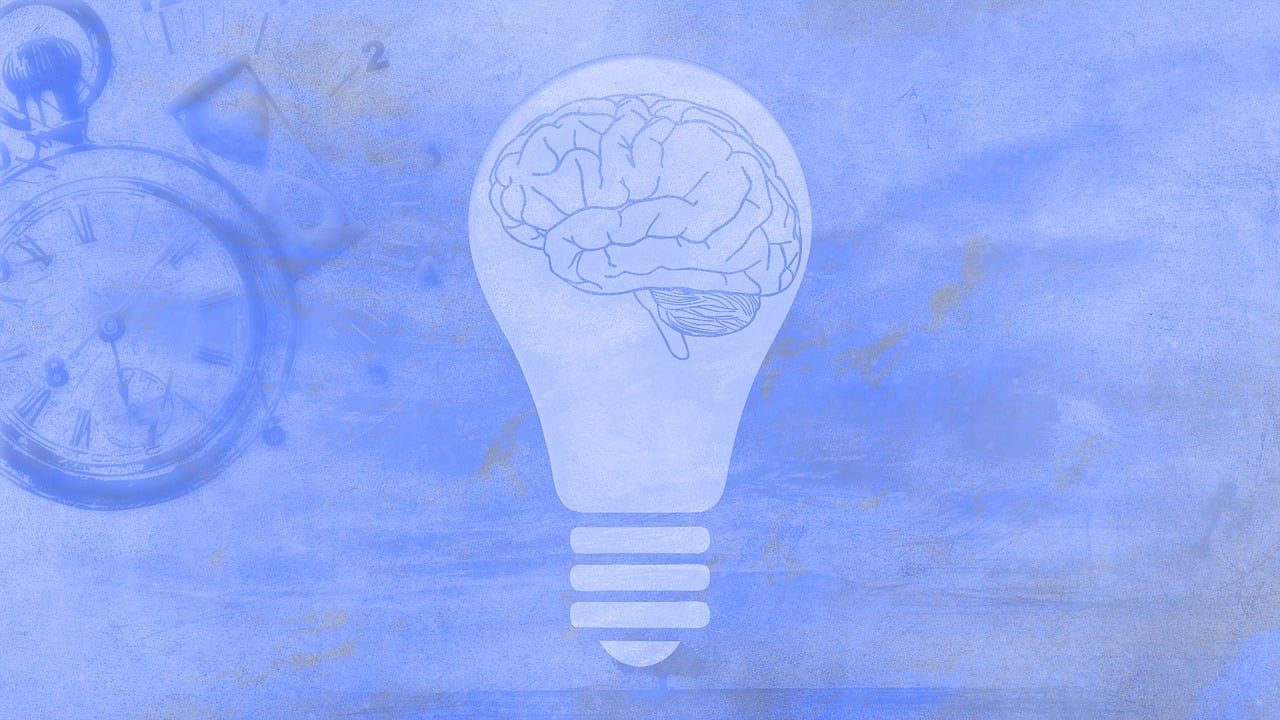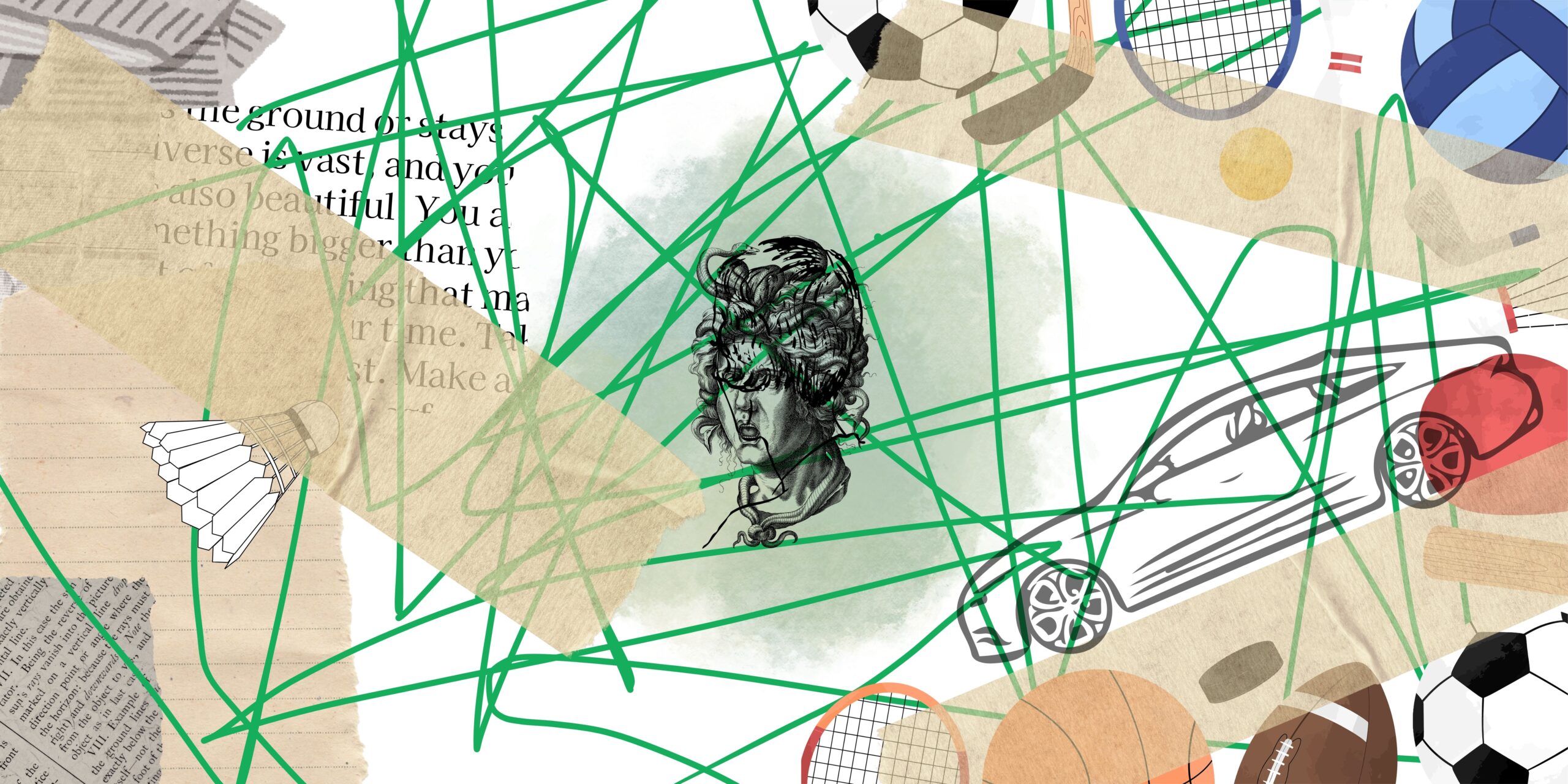Written By Najwa Bashir Whether you are a psychology student looking for movies and shows to understand the diagnostic features of autism spectrum disorder (ASD) or someone just interested in enhancing your knowledge about this psychiatric disorder, add the following 10 movies and shows on autism to your watch list! Each of these movies and […]


